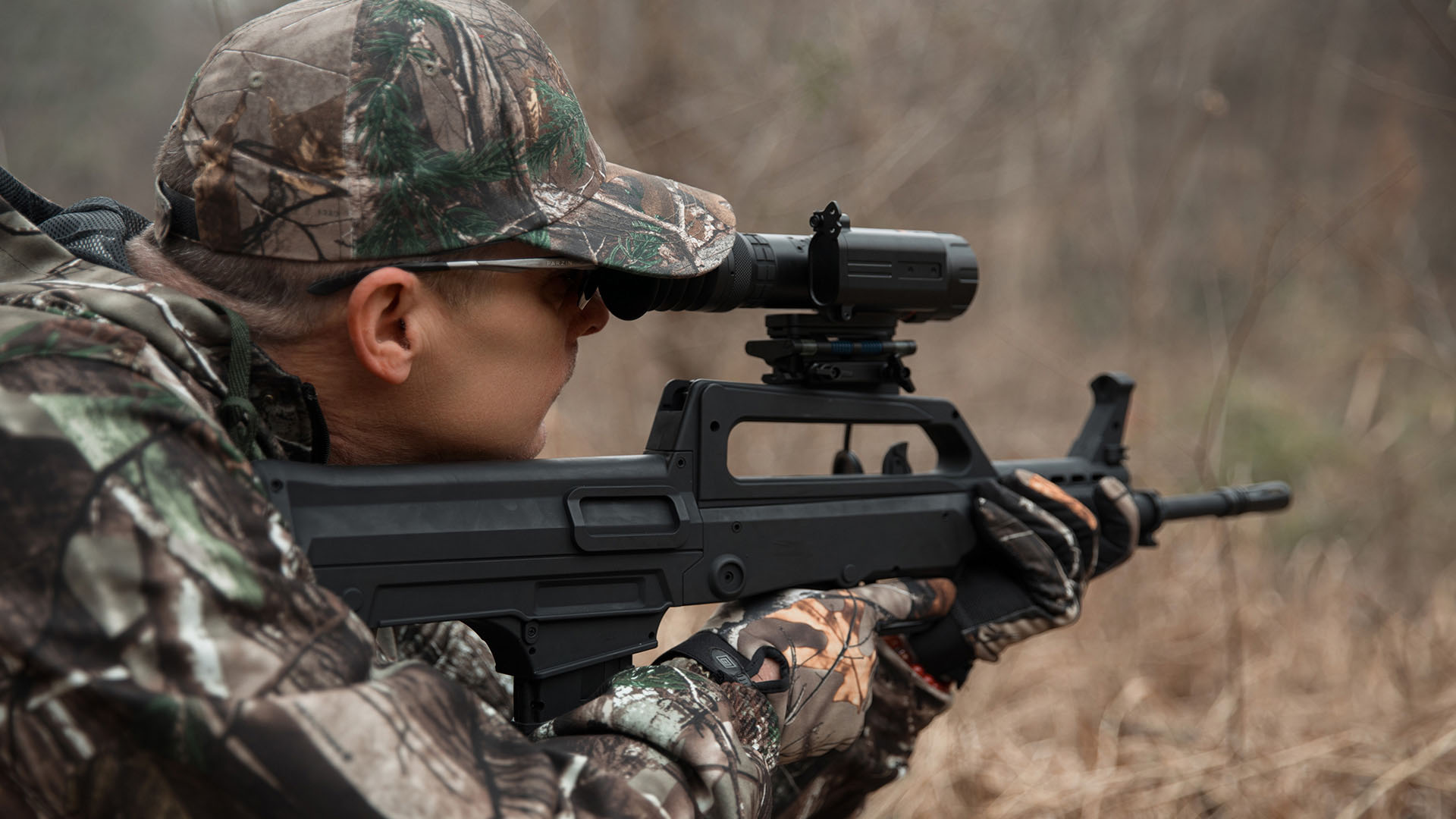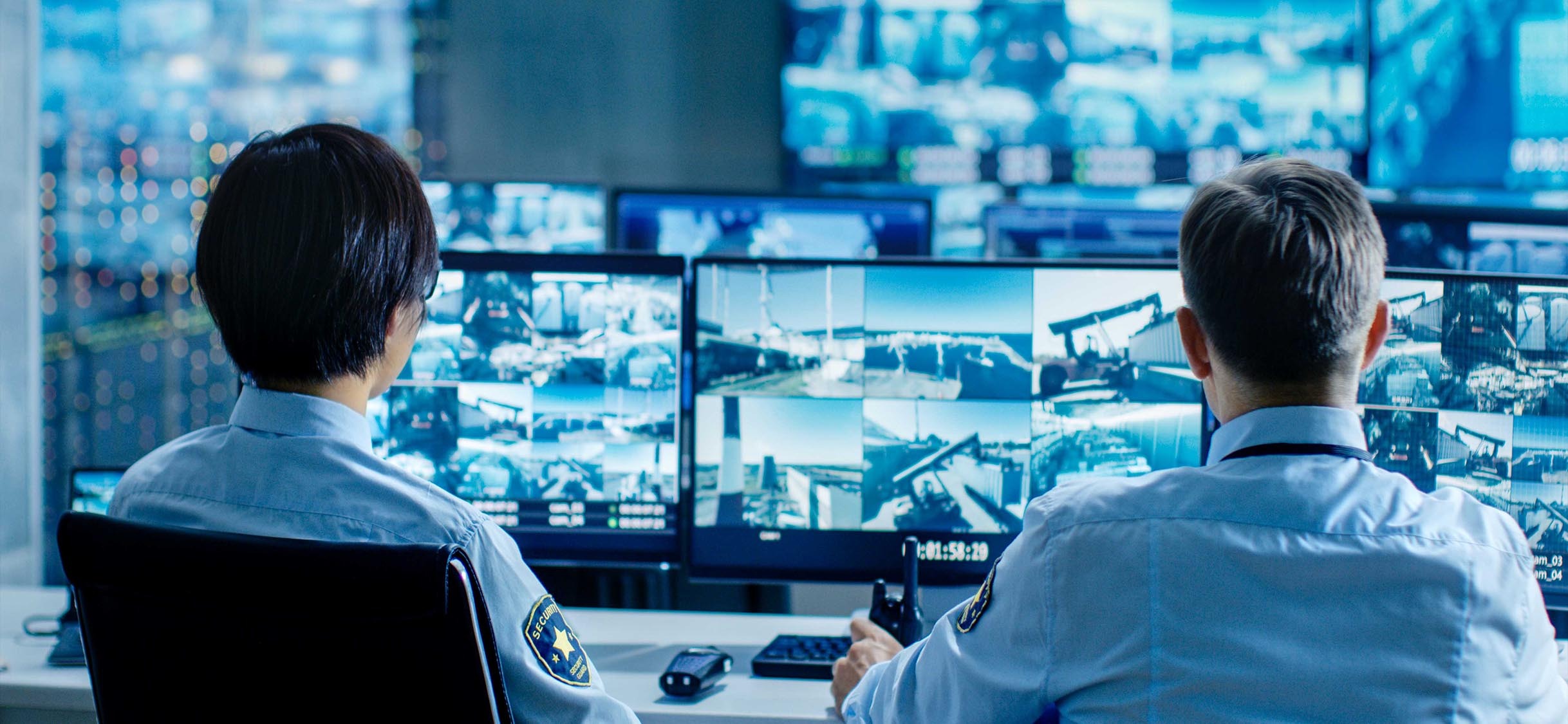As an important raw material for the modernization of the society, with the rapid development of Industry 4.0, steel metallurgy is also facing the difficult reform path of digitalization, intelligence and greening. In the era of promoting the 4.0 intelligence of the steel industry, how to solve the contradiction between quality, environment, safety, cost and efficiency through intelligent control and management has become a new challenge for intelligent manufacturing.steel metallurgy, as a traditionalized manufacturing industry, must accelerate the reform of digitization, intelligence and IOT in order to quickly realize industrialized intelligent manufacturing. In the iron and steel metallurgy production process, through the sensing, soft measurement, machine vision, data-based analysis and other advanced technical means, can help enterprises to achieve safe, accurate, intelligent production level, greatly improving the quality of steel products, reduce costs, safe production and other significant advantages, but also to promote the transformation of the steel enterprise is the way to go.
Stacking material fire monitoring
Coal as a raw material in the process of iron and steel metallurgy, in the large coal yard pile, due to the long time accumulation of materials, the temperature of the coal material is rising, which is easy to lead to spontaneous combustion, or there will be the phenomenon of shadow combustion, which is easy to cause the enterprise coal pile fire and spontaneous combustion of the major losses. The use of thermal imaging cameras can monitor and measure the internal temperature of the coal pile from a long distance and in a wide range, so as to understand the heating condition of the coal pile in time, and take measures as early as possible to eliminate the occurrence of spontaneous combustion of the coal pile.
Coking and sintering process monitoring
In steel smelting, for in the sintering machine tail process usually rely on the experience of the workers to do the judgment, at the same time in such a high temperature heat visualization, it is also very difficult to clearly determine the thickness and distribution of the red fire layer. It is easy to cause uneven sintering process and insufficient sintering. The use of thermal imaging camera can be real-time monitoring of the machine tail state image, and display the section of the real-time temperature of individual points, and computer tail fault lateral area temperature changes, to determine the uniformity of combustion, clear, intuitive, clear. Greatly guarantee the quality and quality control of minerals in the sintering process.
Steam pipeline leakage monitoring
In the steel smelting enterprises common thermal pipeline, by the steam temperature and high pressure and other conditions, prone to rupture or damage to the insulation material, resulting in leakage during the operation of the thermal pipeline, energy loss, but also prone to cause major safety hazards. The use of thermal imaging cameras can quickly measure the thermal information of the target surface and image visualization, quickly locate the fault, to help front-line engineers quickly troubleshoot the pipeline network.
Steel ladle & torpedo tank defect detection
In the steel smelting process, due to the ladle, torpedo tanks, iron slag tanks and other long-term operation and use, there are invisible tank wall thinning gap and other hidden dangers, which is easy to cause a major safety production accidents. The traditional monitoring of ladle lining detection is based on experience and regular replacement, which is only a transfer of risk and non-scientific maintenance, and can not do to truly reduce the risk of accidents. For the ladle operation process, through the online infrared thermal imaging camera on the ladle all-weather monitoring, judging the ladle differences and temperature, monitoring the safe operation of the ladle, the use of uniform standards to monitor the surface temperature of the ladle, judging the tank directly and simply.
Rotary kiln monitoring
Due to the molten condition of combustion, it is very easy to cause coking and build up pulling circles at the tail, affecting slag discharge, so that the furnace needs to be stopped to remove the coke, affecting the reliability of equipment operation. The internal refractory material gradually erosion, fall off, the steel plate will be directly exposed to the high temperature environment, softening or even melting, threatening production safety, and in serious cases, resulting in unplanned kiln stops. The use of thermal imaging cameras to monitor the temperature of the rotary kiln during production and operation, and the early detection of high temperature areas, helps to arrange maintenance plans in advance to prevent equipment failure and safety hazards, to avoid the sudden shedding of refractory materials leading to production stoppages.
Monitoring of refractory materials on the surface of anode furnace
The chamber temperature of anode furnace is higher than 1350℃, and the erosion of slag and the scouring of molten metal almost involve more than 2/3 of the inner surface of the chamber; as the furnace needs to rotate frequently, the masonry and steel shell must be in close contact with each other, so there is no lightweight heat insulation layer; in order to reduce the masonry load in the surface temperature of the steel shell under the permissible conditions (300℃), try to reduce the thickness of the masonry layer. Therefore, its refractory layer is prone to shedding and erosion. Through the real-time output of infrared images from the infrared thermal camera, the situation of steel slag outflow is observed, and the image segmentation technology and the given temperature queue value are used to extract the steel slag part and calculate its proportion, so as to realize the automated control of starting and stopping of the steel outflow.
Monitoring of short circuit of electrolysis process pole plate
High temperature and short circuit between electrolyzer plates are common failures in the electrolysis and smelting industry, which cause waste of electric energy and dangerous situations, affecting normal production and seriously affecting the efficiency of electrolysis and the grade rate of smelted metal. The phenomena of excessive current distribution, strong local magnetic field and temperature rise on the pole plate, how to monitor the production of large electrolysis tanks at the same time, discover the hidden danger of short circuit on the pole plate in time and provide alarms are the urgent needs of the electrolysis industry nowadays. The use of infrared thermal imager can obtain the temperature image of the tank surface and detect whether the electrode plate is short-circuited by algorithm.
Details of the consultation proposal
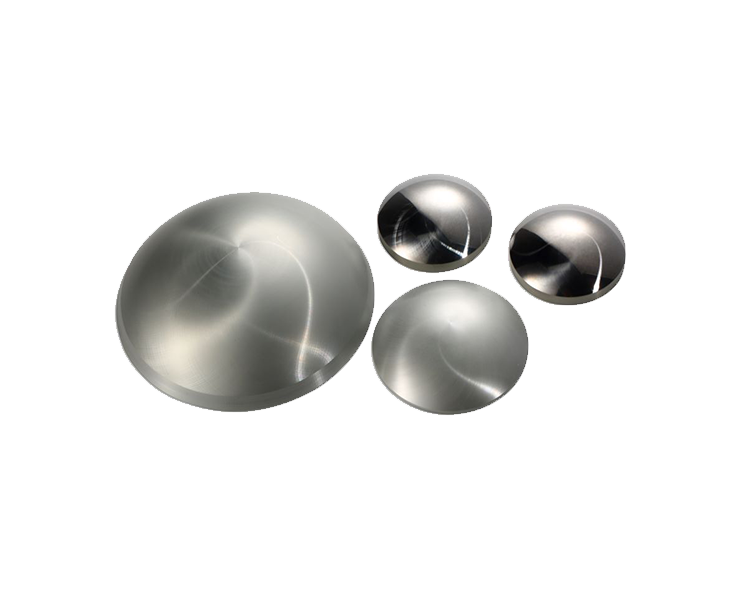
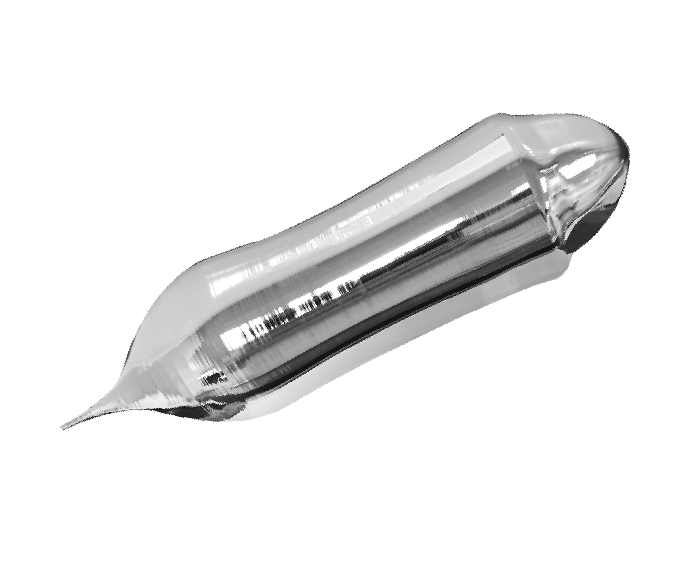
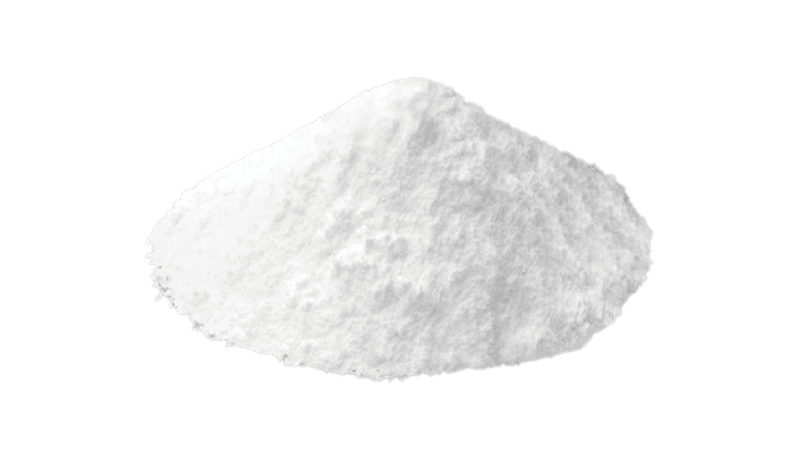
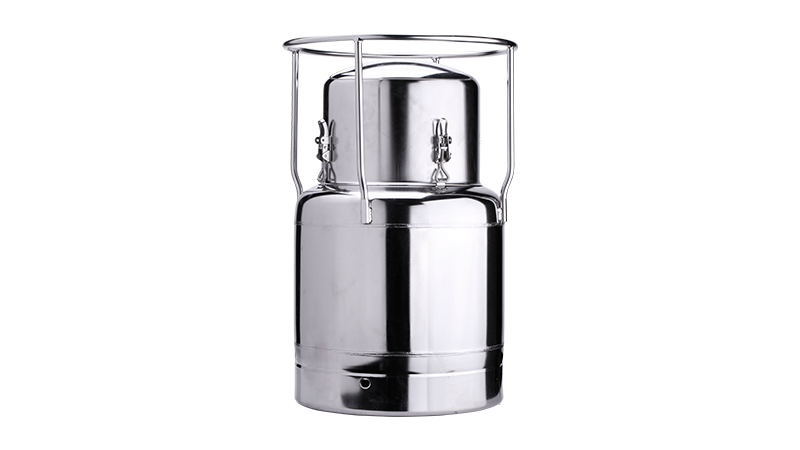

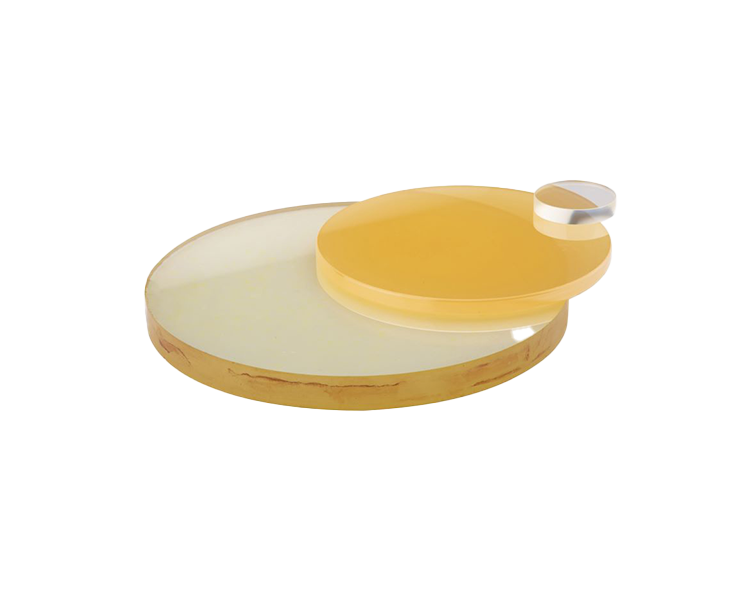

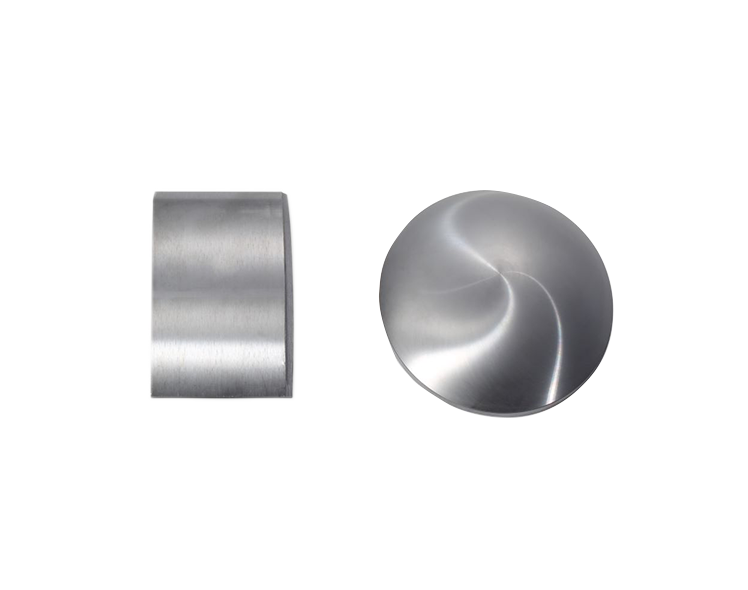


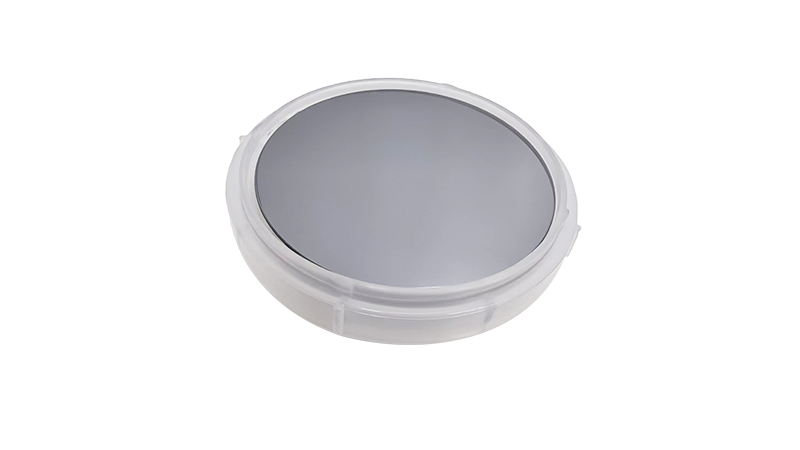

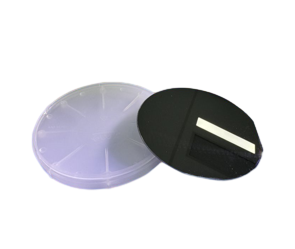


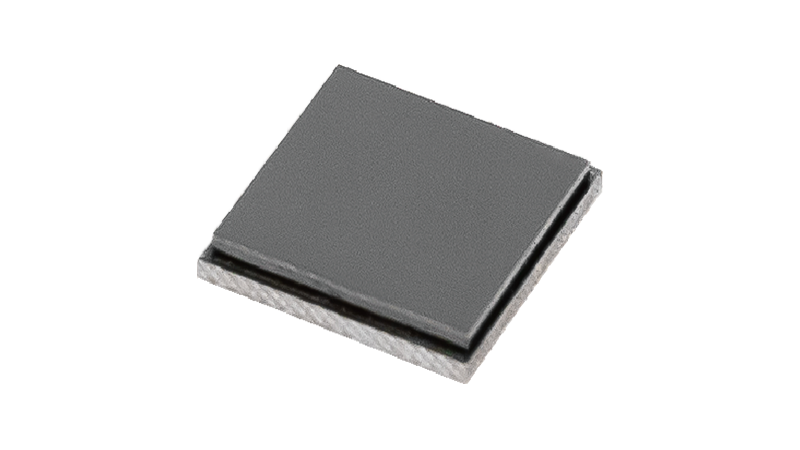
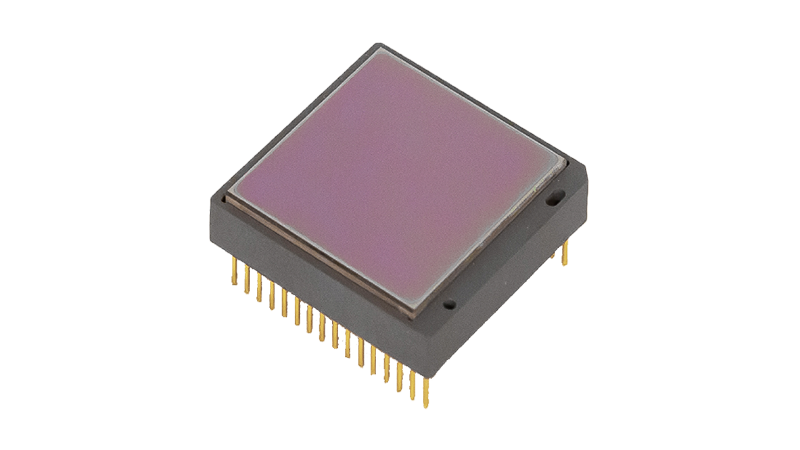

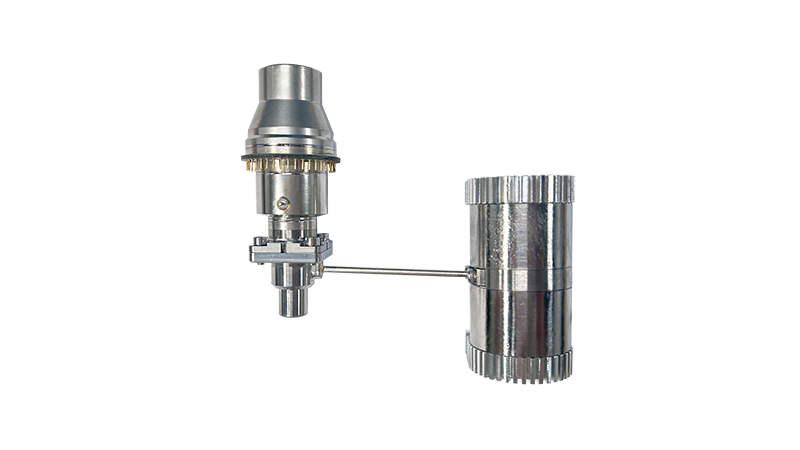
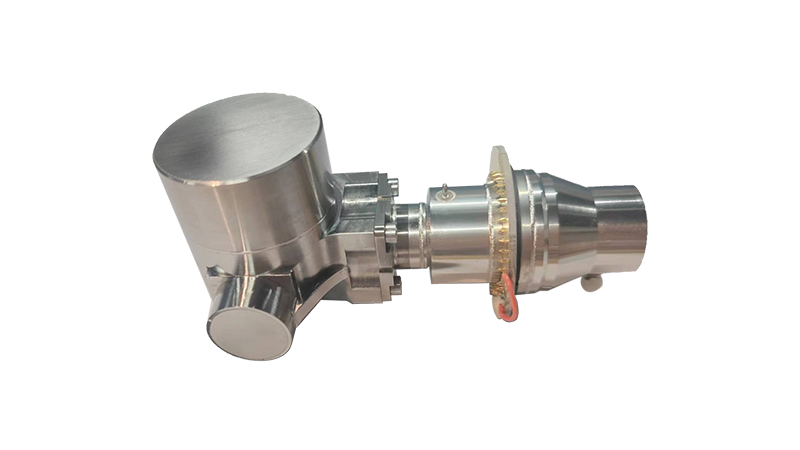


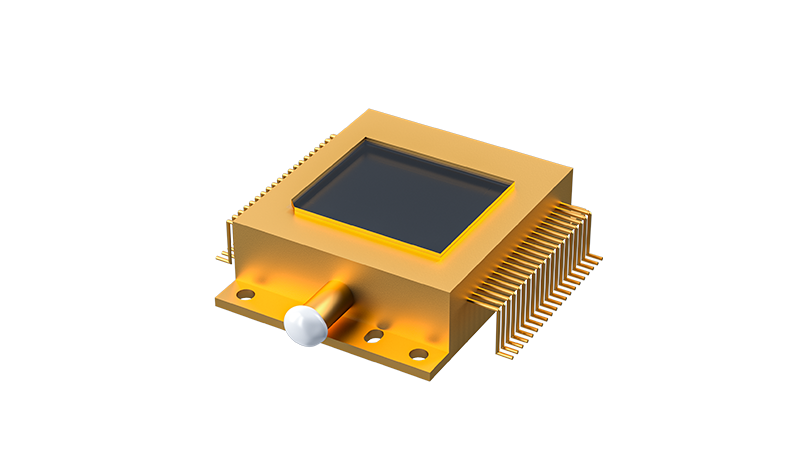
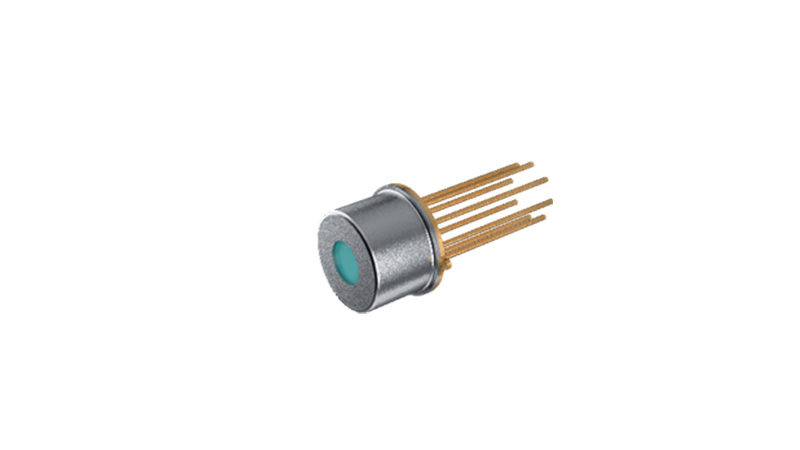 Photoconductive Infrared Detector Wafer Encapsulated Detector Ceramic Packaging Detector Metal Packaging Detector T2SL Cooled Infrared Detector InAsSb Cooled Infrared Detector InSb Cooled Infrared Detector MCT Cooled Infrared Detector InGaAs Short Wave Infrared Detector Photovoltaic Infrared Detector
Photoconductive Infrared Detector Wafer Encapsulated Detector Ceramic Packaging Detector Metal Packaging Detector T2SL Cooled Infrared Detector InAsSb Cooled Infrared Detector InSb Cooled Infrared Detector MCT Cooled Infrared Detector InGaAs Short Wave Infrared Detector Photovoltaic Infrared Detector
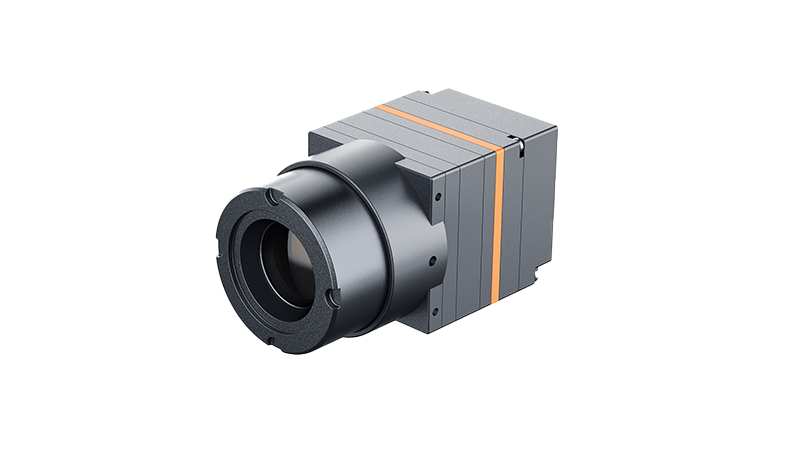
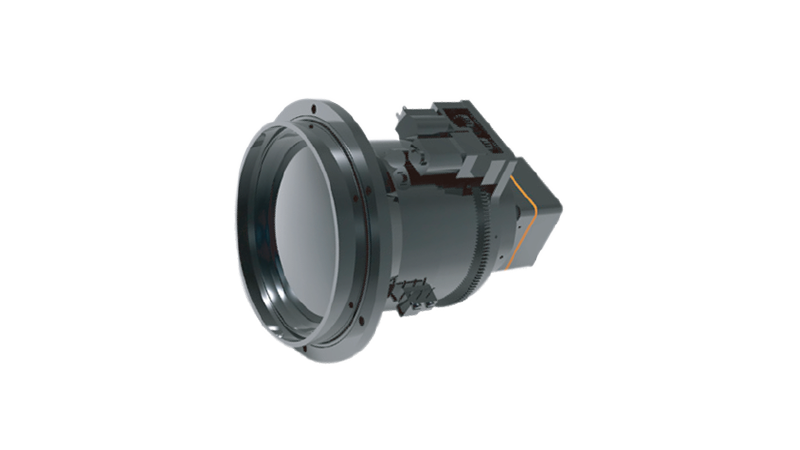





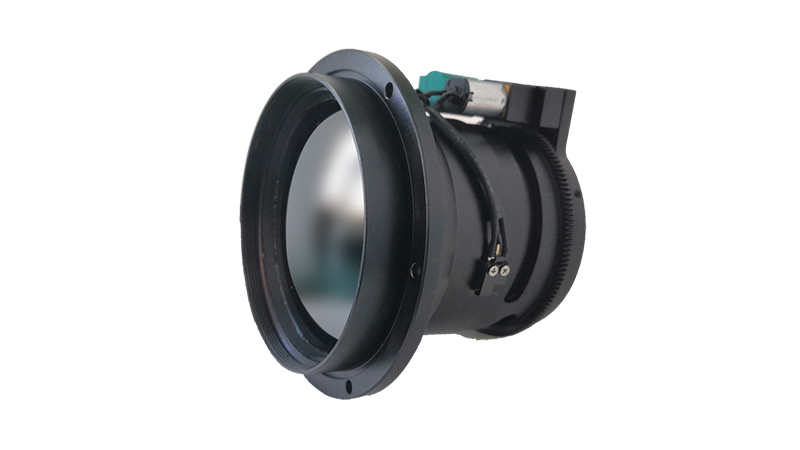


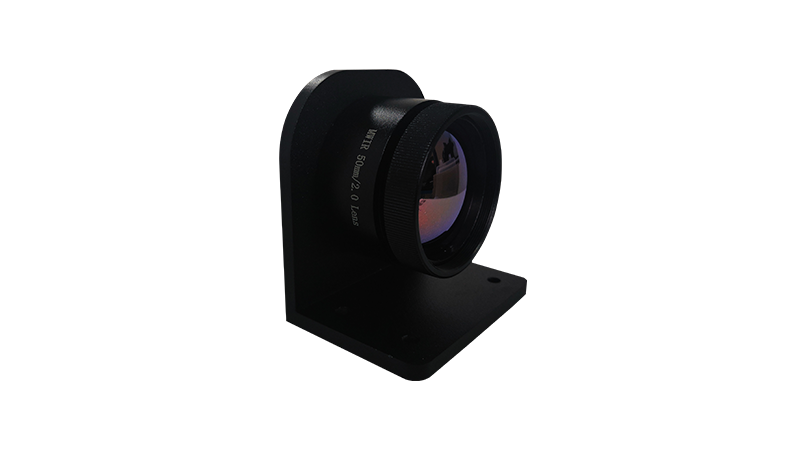

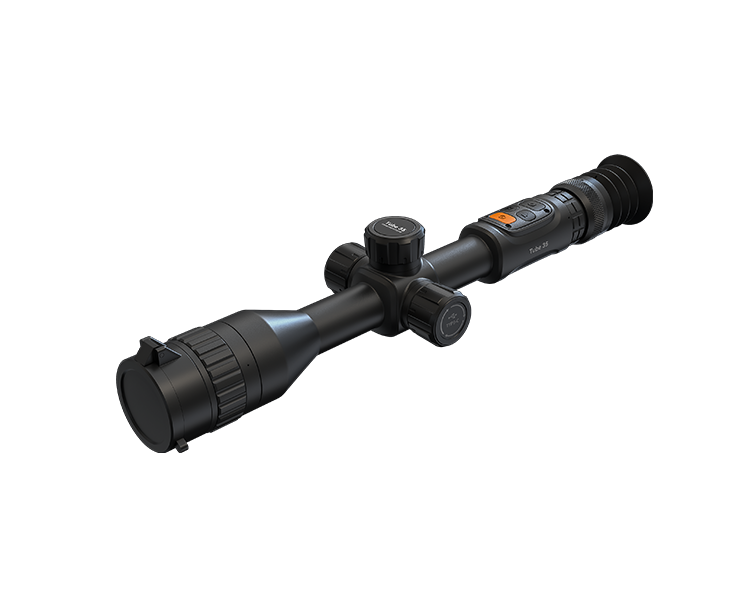
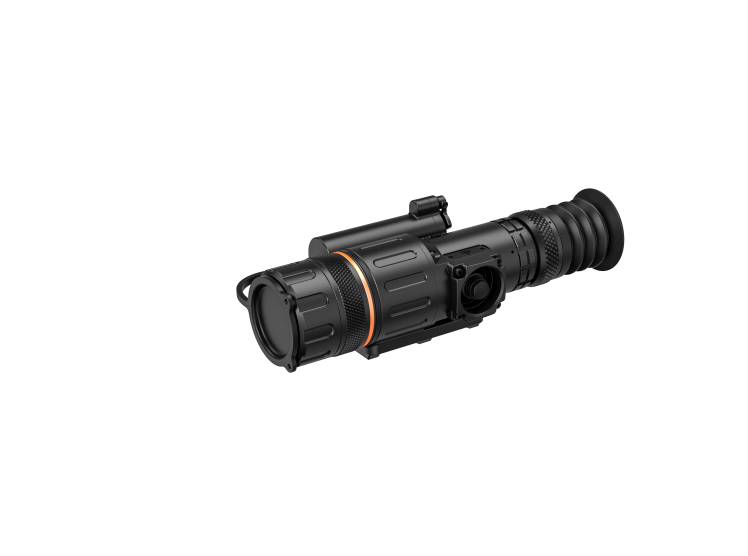
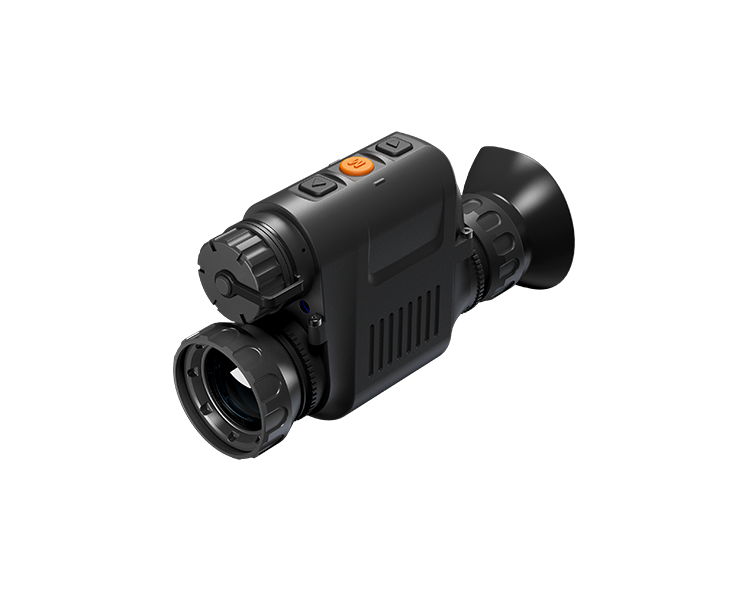

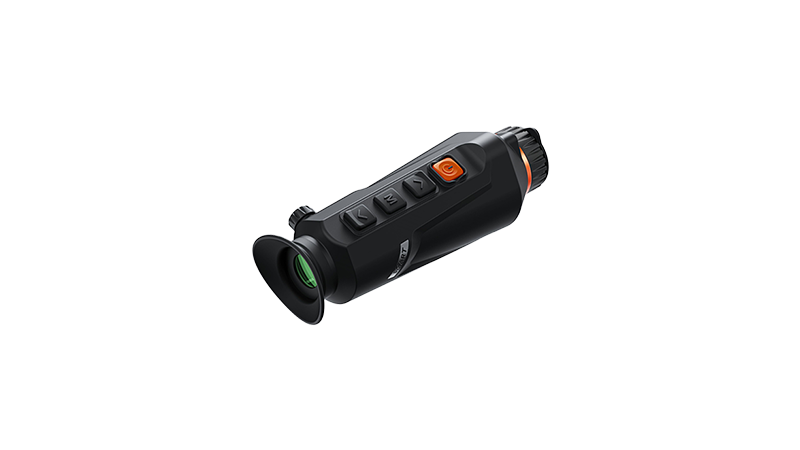




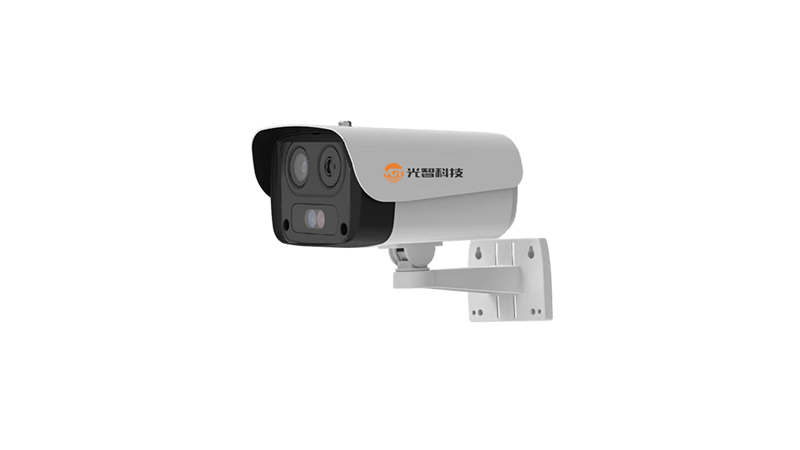

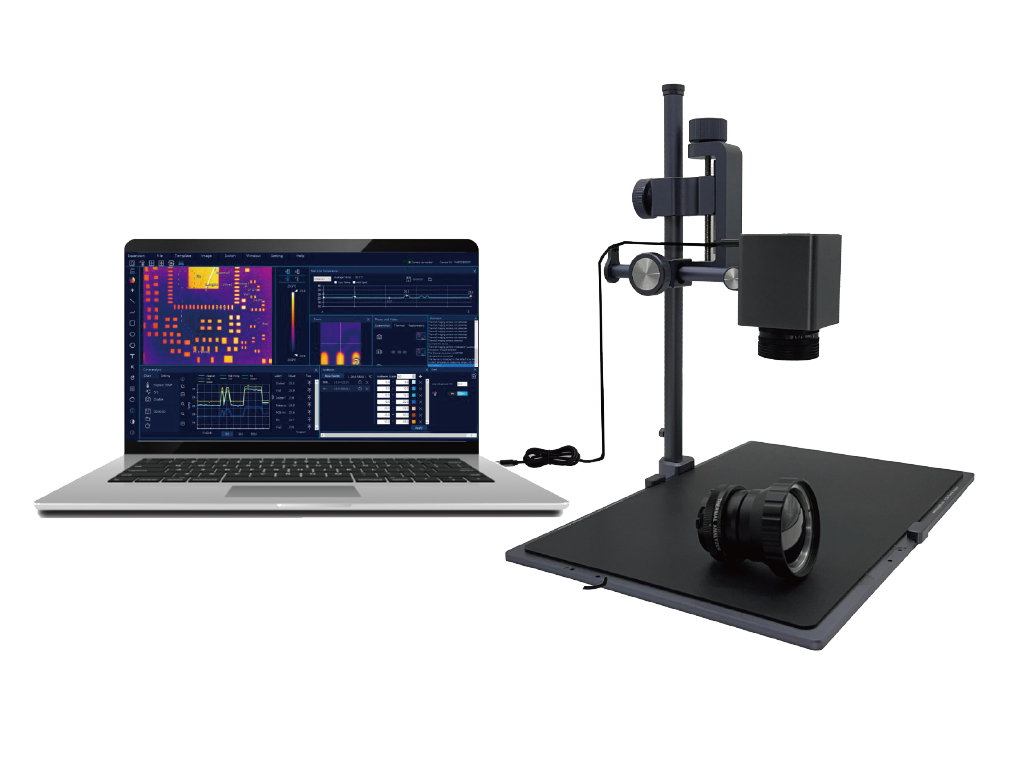

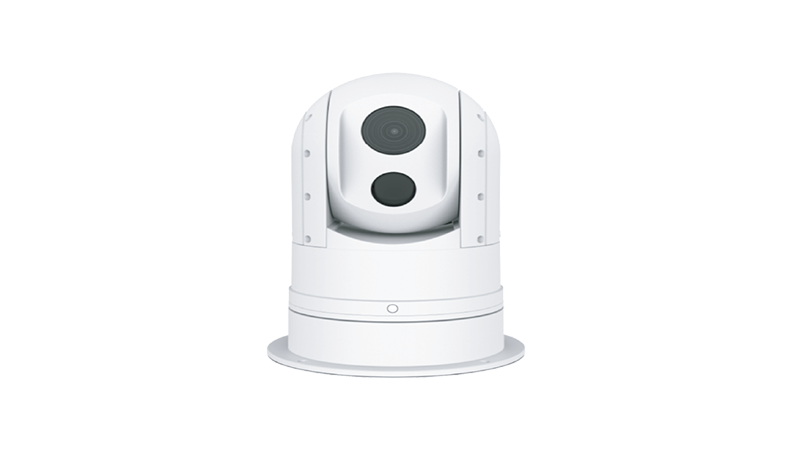
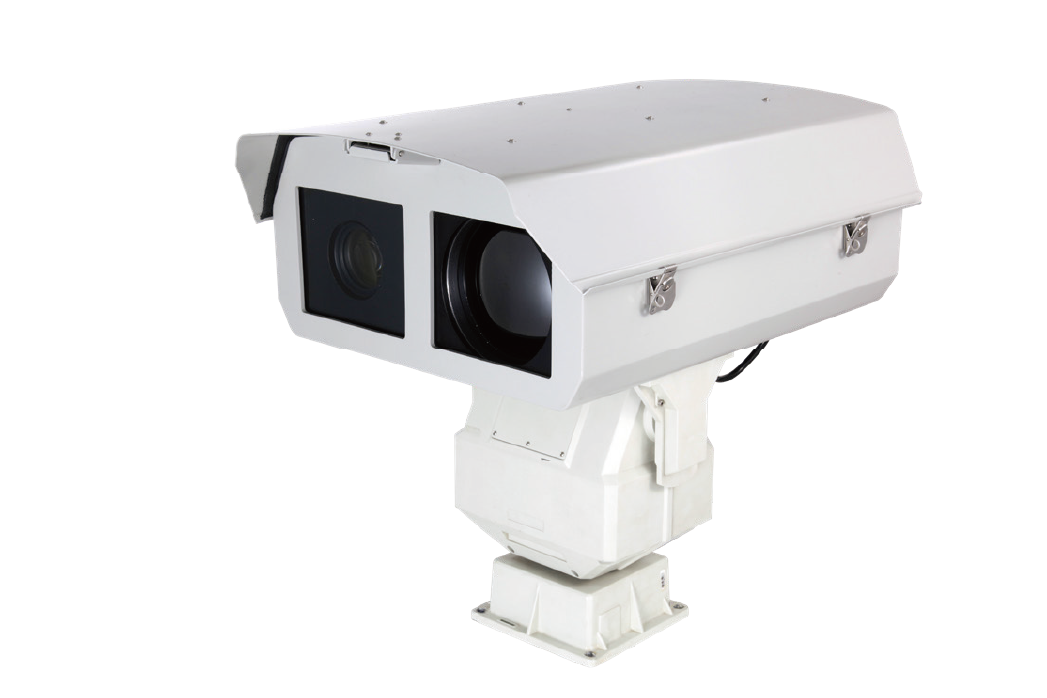


 400-623-5308
400-623-5308



